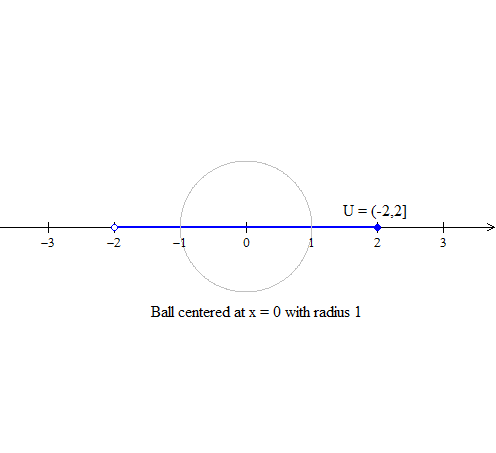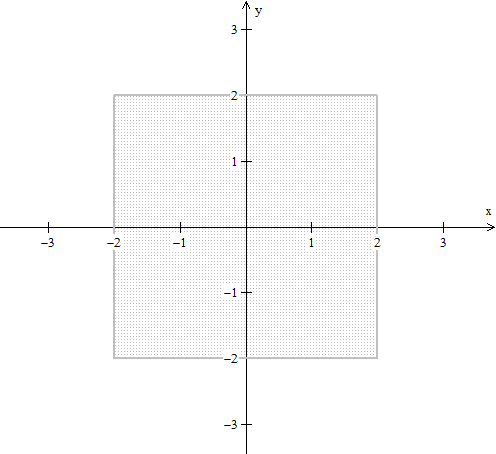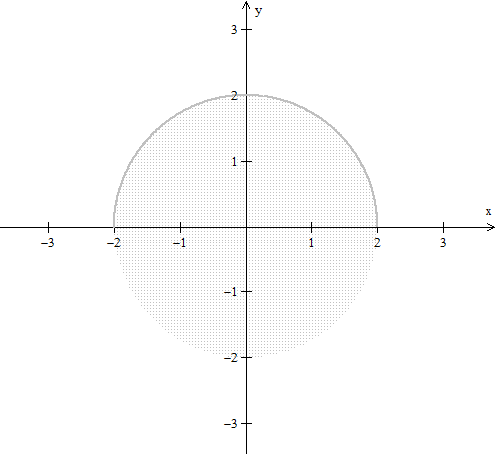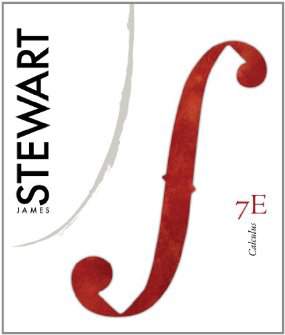Starting up...

This is a quick preview of the lesson. For full access, please Log In or Sign up.
For more information, please see full course syllabus of Multivariable Calculus
For more information, please see full course syllabus of Multivariable Calculus
Multivariable Calculus Maxima & Minima
Lecture Description
In this lesson, we are going to start our discussion of maxima and minima - finding points in the domain where the function obtains a maximum and where it obtains a minimum, just like in single variable calculus. So, a lot of the things you learned in single variable calculus are going to apply here. Now, instead of one variable, x, you are going to have 2, 3, sometimes more. So, the problems tend to become a little bit longer, a little bit more involved, but again it is still just a max, min problem based on the derivative.
Bookmark & Share
Embed
Share this knowledge with your friends!
Copy & Paste this embed code into your website’s HTML
Please ensure that your website editor is in text mode when you paste the code.(In Wordpress, the mode button is on the top right corner.)
×
Since this lesson is not free, only the preview will appear on your website.
- - Allow users to view the embedded video in full-size.
Next Lecture
Previous Lecture










































 Answer Engine
Answer Engine







1 answer
Fri Aug 16, 2013 2:39 AM
Post by Frank Sui on August 15, 2013
Example 2, first one should be "Choose (2nπ,-1) w/ n=o So (0,-1)" instead of "(2nπ,1)", right?